Housing support for Khmer people in An Tuc commune (now O Lam commune). Photo: DUC TOAN
Economic and life improvement
O Lam Commune is one of the mountainous areas with a large Khmer population (accounting for over 65%). Chairman of the People's Committee of O Lam Commune, Phan Thanh Luong, said that the commune has been effectively implementing three national target programs: Sustainable poverty reduction; socio-economic development of ethnic minority and mountainous areas; and new rural construction.
The programs have helped provide vocational training and employment for nearly 3,000 workers; infrastructure has gradually improved, the rural landscape has changed, and people's quality of life has been improved... With completed infrastructure, locations such as O Thum Lake, Tuc Dup Hill Revolutionary Historical Site, O Ta Soc Historical Site... have become ideal places to welcome visitors, welcoming more than 176,550 visitors each year.
According to the report of the Department of Ethnic Minorities and Religions of the province, after the administrative unit arrangement, An Giang province (new) has 102 commune-level administrative units; of which 65 communes and 46 hamlets are in ethnic minority areas. In the period of 2021 - 2024, the state budget has allocated nearly 986 billion VND to invest in programs and projects for socio-economic development in ethnic minority and mountainous areas across the province.
Investing in building a reservoir to serve the people of the Bay Nui region for daily life and agricultural production. Photo: DUC TOAN
An Giang province has 29 ethnic groups living together, including 3 main ethnic minorities: Khmer, Chinese, Cham; population is about 472,132 people, accounting for 9.53%. In the past 5 years, Party committees and authorities at all levels have directed, led and implemented the socio-economic development plan in ethnic minority areas, achieving many important results.
Currently, 100% of ethnic minority communes have car roads to the center; over 95% of extremely disadvantaged hamlets have roads; 100% of extremely disadvantaged communes have electricity grids to the center, nearly 99% of households have access to electricity; 100% of communes have cultural post offices; 100% of communes have radio and television coverage; 100% of ethnic minority communes have national standard medical stations...
Vocational training for Khmer children at the ethnic boarding secondary school. Photo: DANH THANH
The province always prioritizes investment in developing education and training in ethnic minority areas. The work of medical examination, treatment, and health care for the people and ethnic minority areas is given attention and focus; the rate of ethnic minorities participating in health insurance reaches nearly 98%; the rate of communes with national standard health stations in ethnic minority areas reaches 100%.
Preserving ethnic identity
Every year, traditional Tet holidays and festivals of the ethnic groups are maintained and organized according to tradition, such as: Chol Chnam Thmay, Sene Don Ta, Ok Om Bok of the Khmer ethnic group. The province allocates budget and organizes delegations to visit and give support to poor households to celebrate Tet; organizes meetings of prestigious people... Festivals such as: Royal Haji Tet of the Cham ethnic group, Lantern Festival, Cau An Festival... of the Chinese ethnic group are facilitated by the authorities and fronts at all levels to be solemnly organized, imbued with the traditional cultural identity of the nation.
Cham women preserve the traditional craft of embroidering maspok scarves. Photo: MY HANH
Mr. Mohamad, a Cham ethnic group in Chau Phong commune, shared: "During the integration period, Cham ethnic groups live in harmony and openness in the community. Thanks to the effective implementation of support programs for ethnic minorities, the lives of Cham ethnic groups have been positively improved. Festivals and customs of Cham ethnic groups are preserved and promoted in the spirit of eliminating backward customs and promoting good traditional values associated with economic development and life."
According to the Director of the Department of Ethnic Minorities and Religions of An Giang, Danh Phuc, the National Target Program for Socio-Economic Development of Ethnic Minorities and Mountainous Areas, Phase I (2021 - 2025) is the first program that the Party has dedicated to ethnic minorities. The implementation process has created consensus among the entire political system and the trust of ethnic minorities in the Party's guidelines and policies and the State's laws.
The robe offering ceremony of Khmer people in An Giang. Photo: DUC TOAN
The results of the program have contributed to the socio-economic development of the province, ensuring national security and defense in ethnic minority areas, especially in key areas and border areas. Promoting socio-economic development in ethnic minority areas is not only the responsibility and political obligation of the entire political system, but also an objective requirement for An Giang province to develop sustainably, harmoniously and comprehensively.
In the coming time, the province will focus on effectively implementing 3 national target programs to improve the living standards of ethnic minorities, especially in remote, isolated and border areas. Accordingly, it will continue to invest in socio-cultural development policies; national health programs, effectively implement population programs, and improve the quality of ethnic minority human resources.
Propaganda work will be enhanced in many more forms, aiming to raise awareness and capacity of digital transformation for people; support ethnic minorities in accessing information on science and technology; encourage children to actively study to improve their intellectual level; and boldly apply scientific and technological advances to life and production.
Article and photos: MY HANH
Source: https://baoangiang.com.vn/phat-trien-kinh-te-xa-hoi-vung-dong-bao-dan-toc-thieu-so-va-mien-nui-an-giang-a462921.html


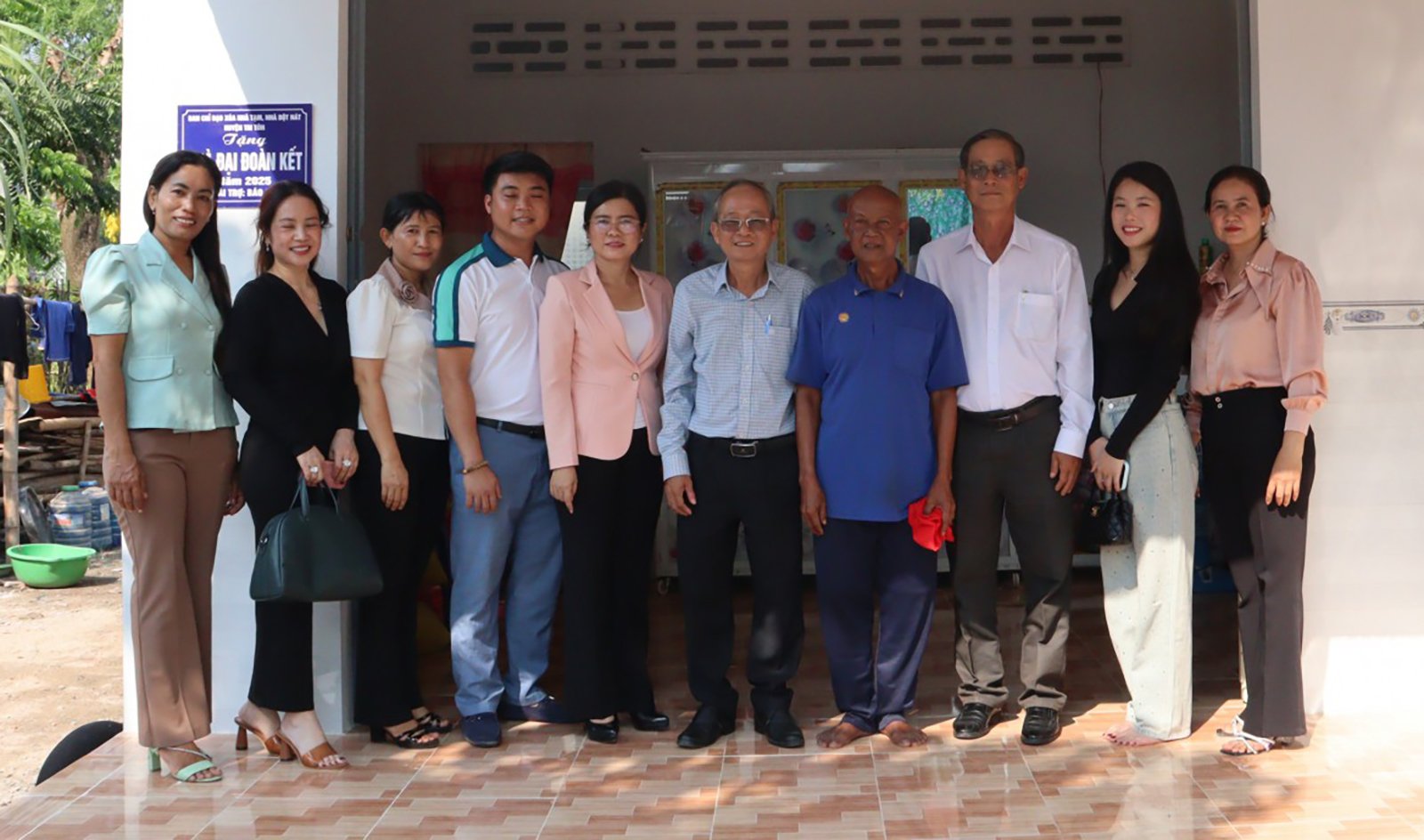
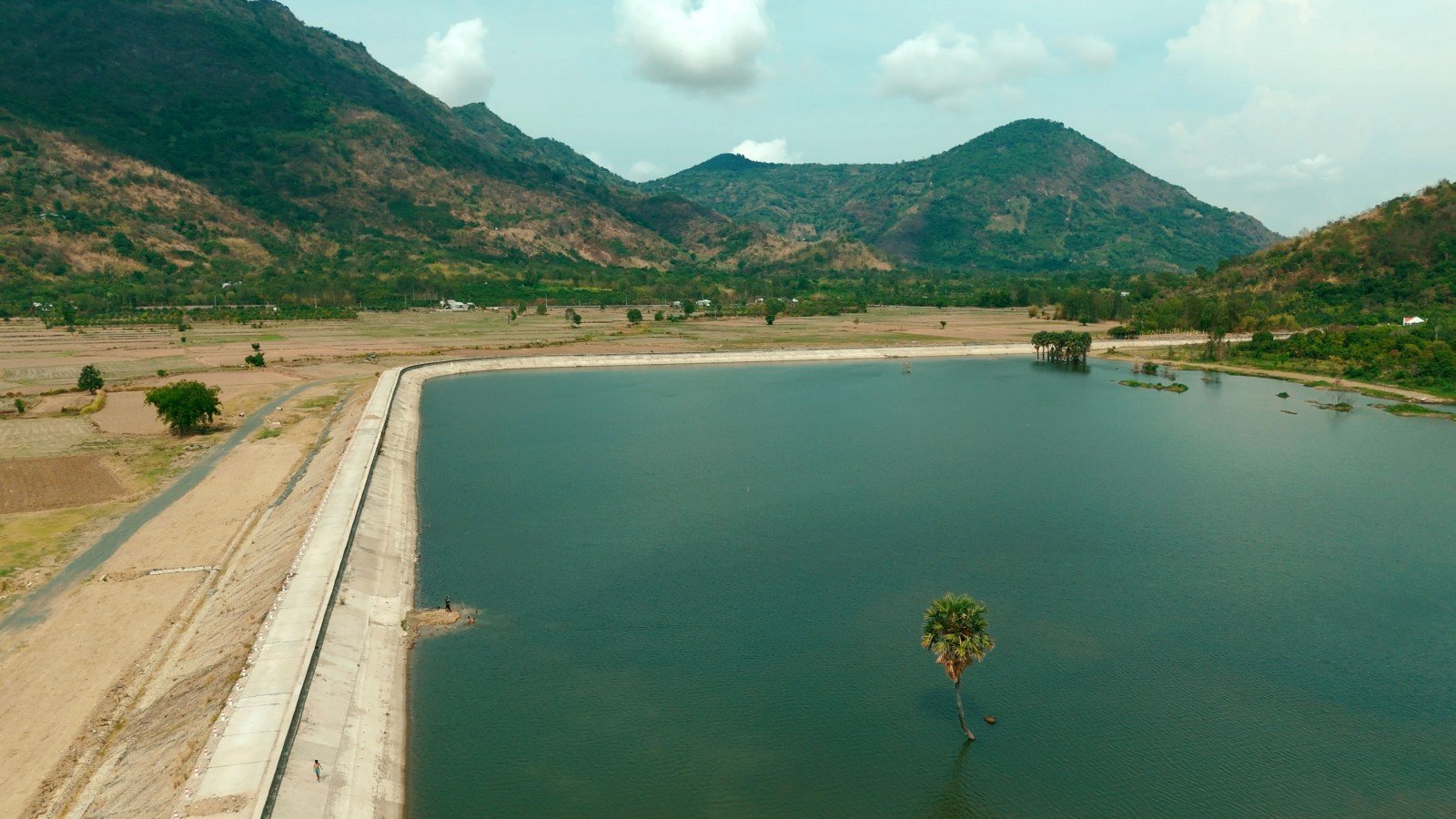
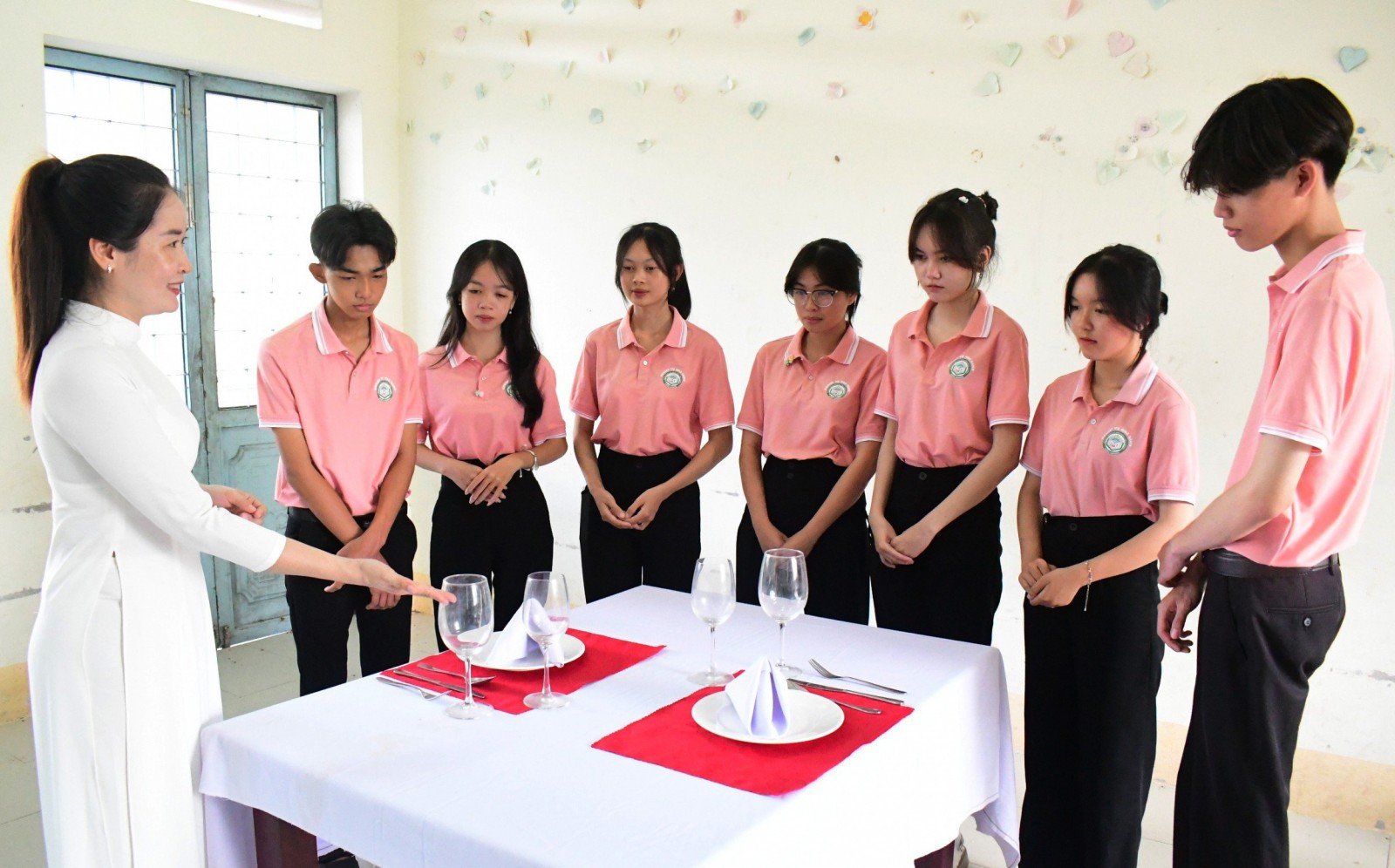
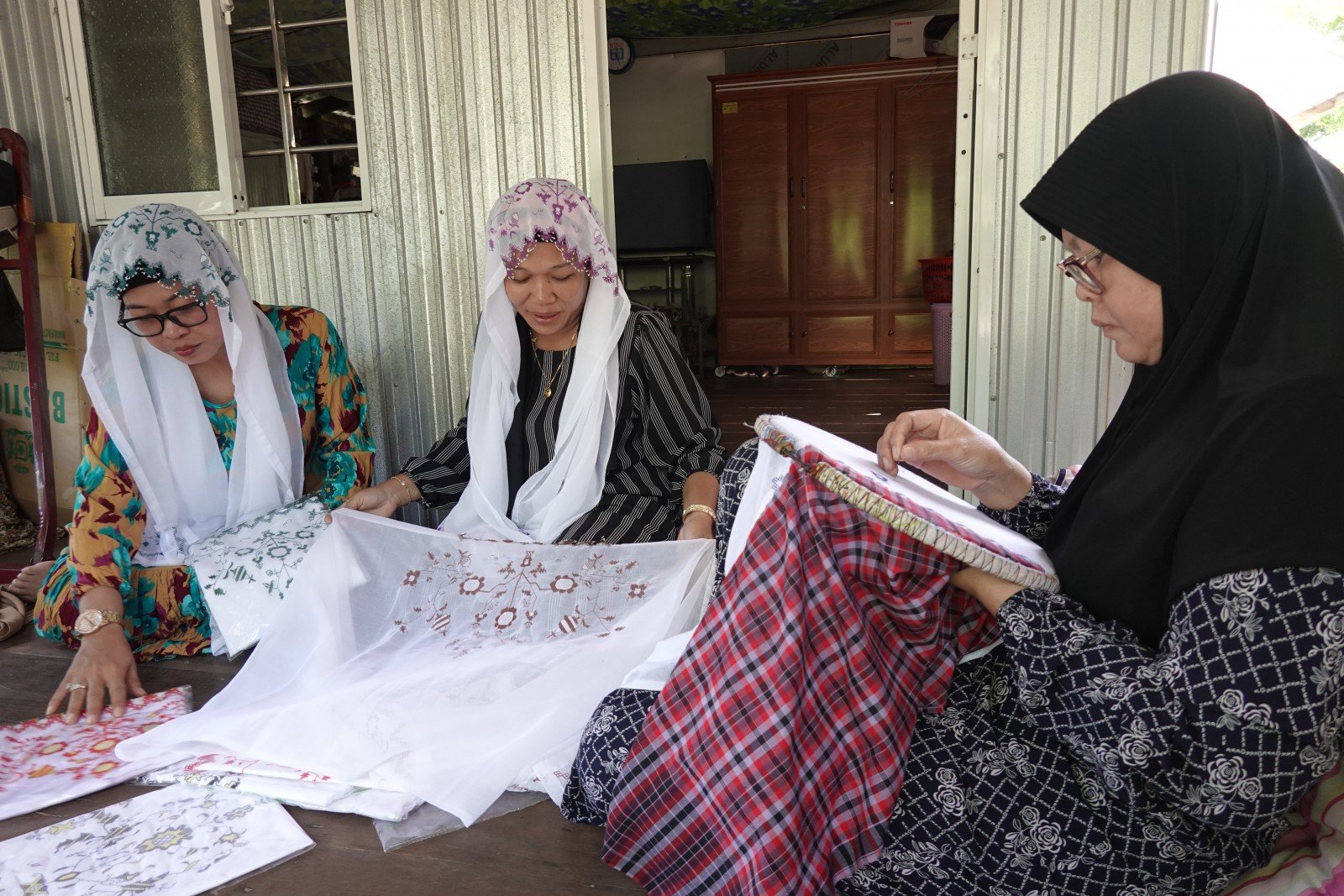
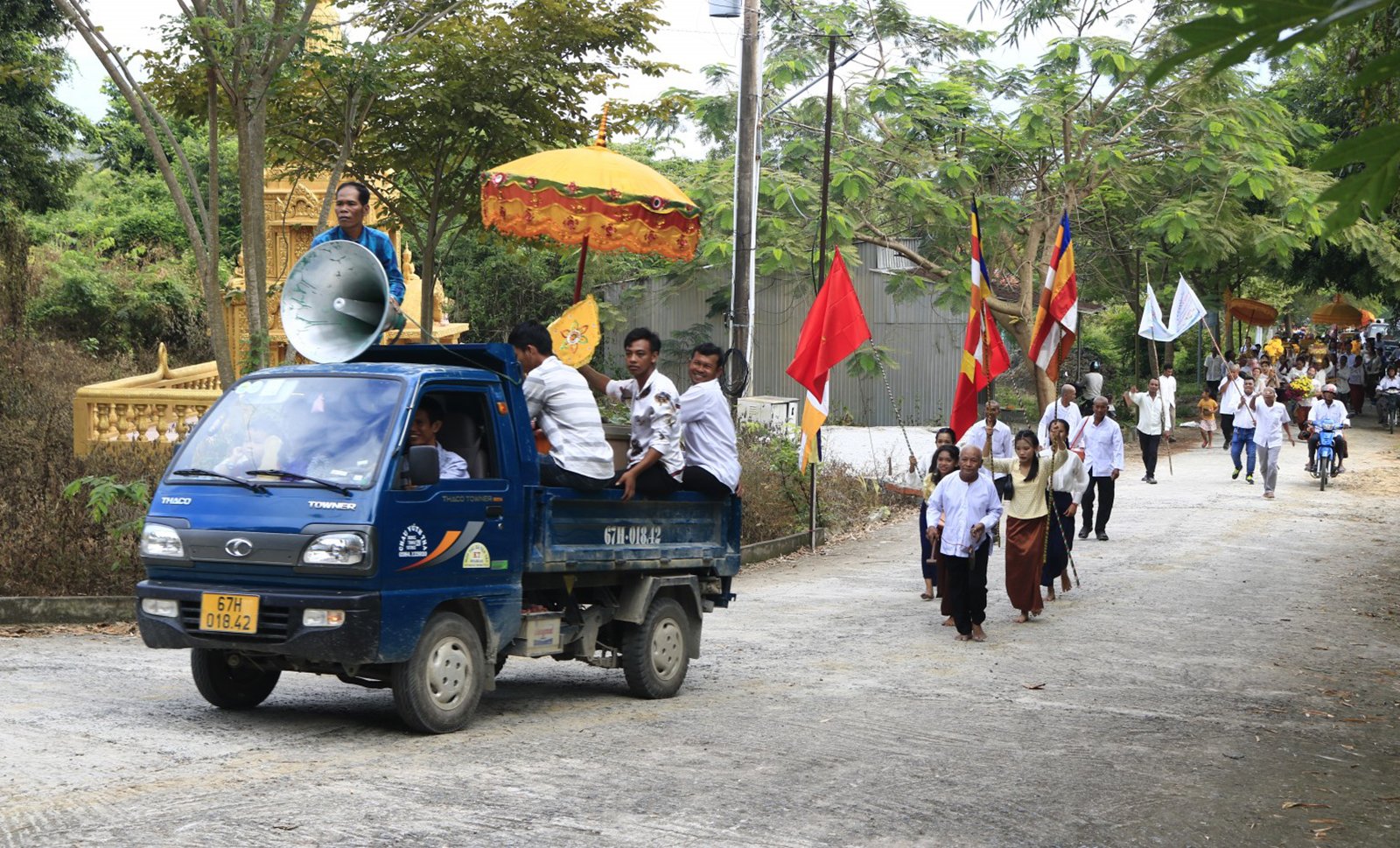
![[Photo] Keep your warehouse safe in all situations](https://vphoto.vietnam.vn/thumb/1200x675/vietnam/resource/IMAGE/2025/10/1/3eb4eceafe68497989865e7faa4e4d0e)





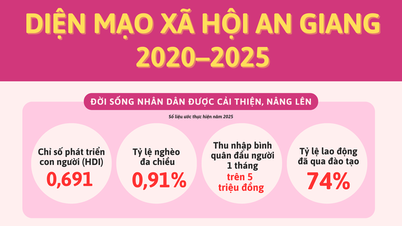

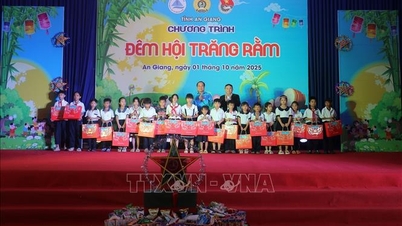

![[Infographics] An Giang Agriculture 2020-2025: Stable growth, quality transformation](https://vphoto.vietnam.vn/thumb/402x226/vietnam/resource/IMAGE/2025/10/1/bf3a77ba3a0243a697e5253ed4cd6f9c)
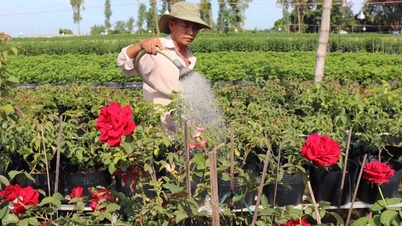
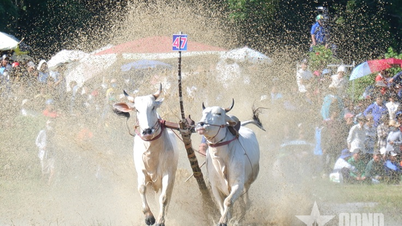


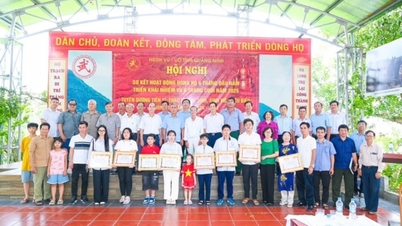

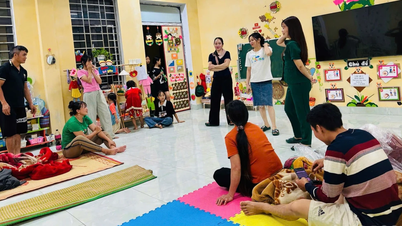

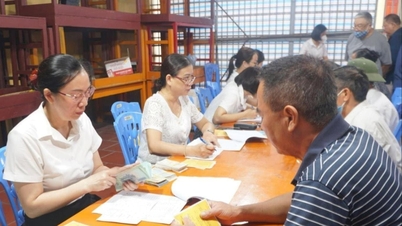

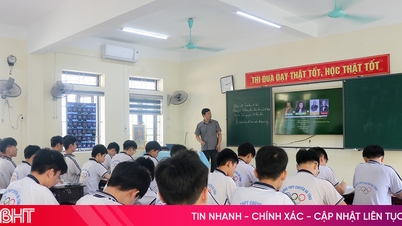

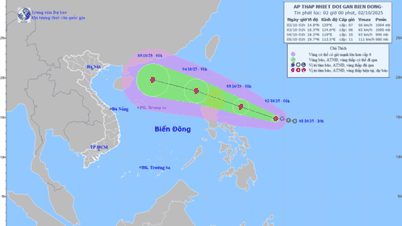





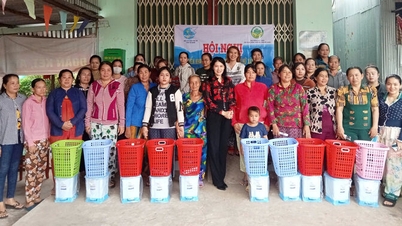
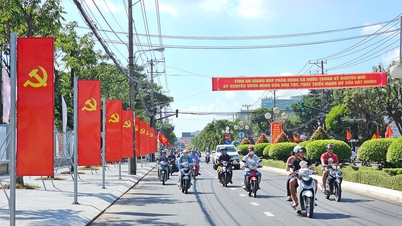
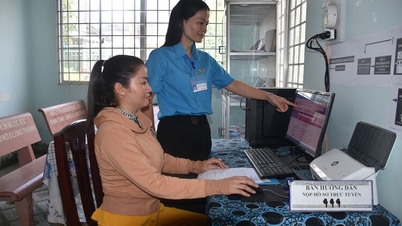
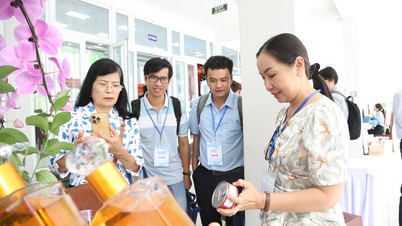

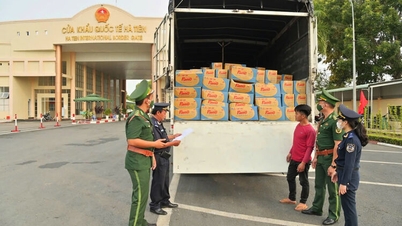
![[Photo] President of the Cuban National Assembly visits President Ho Chi Minh's Mausoleum](https://vphoto.vietnam.vn/thumb/1200x675/vietnam/resource/IMAGE/2025/10/1/39f1142310fc4dae9e3de4fcc9ac2ed0)










































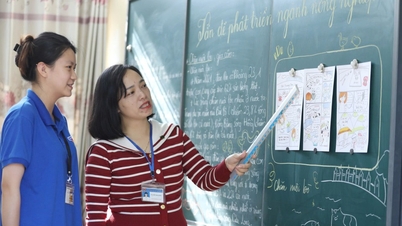

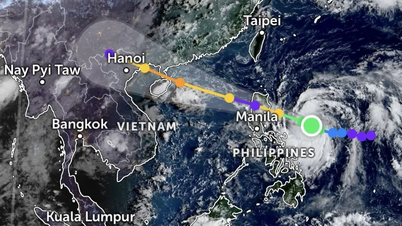

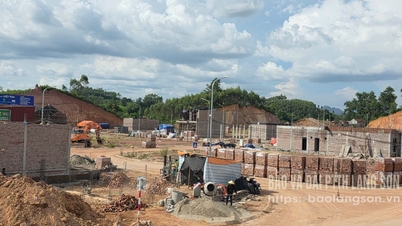
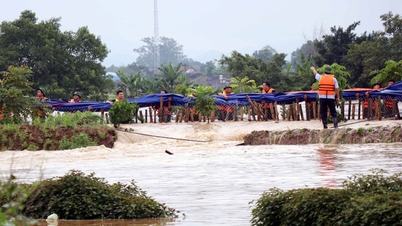















Comment (0)